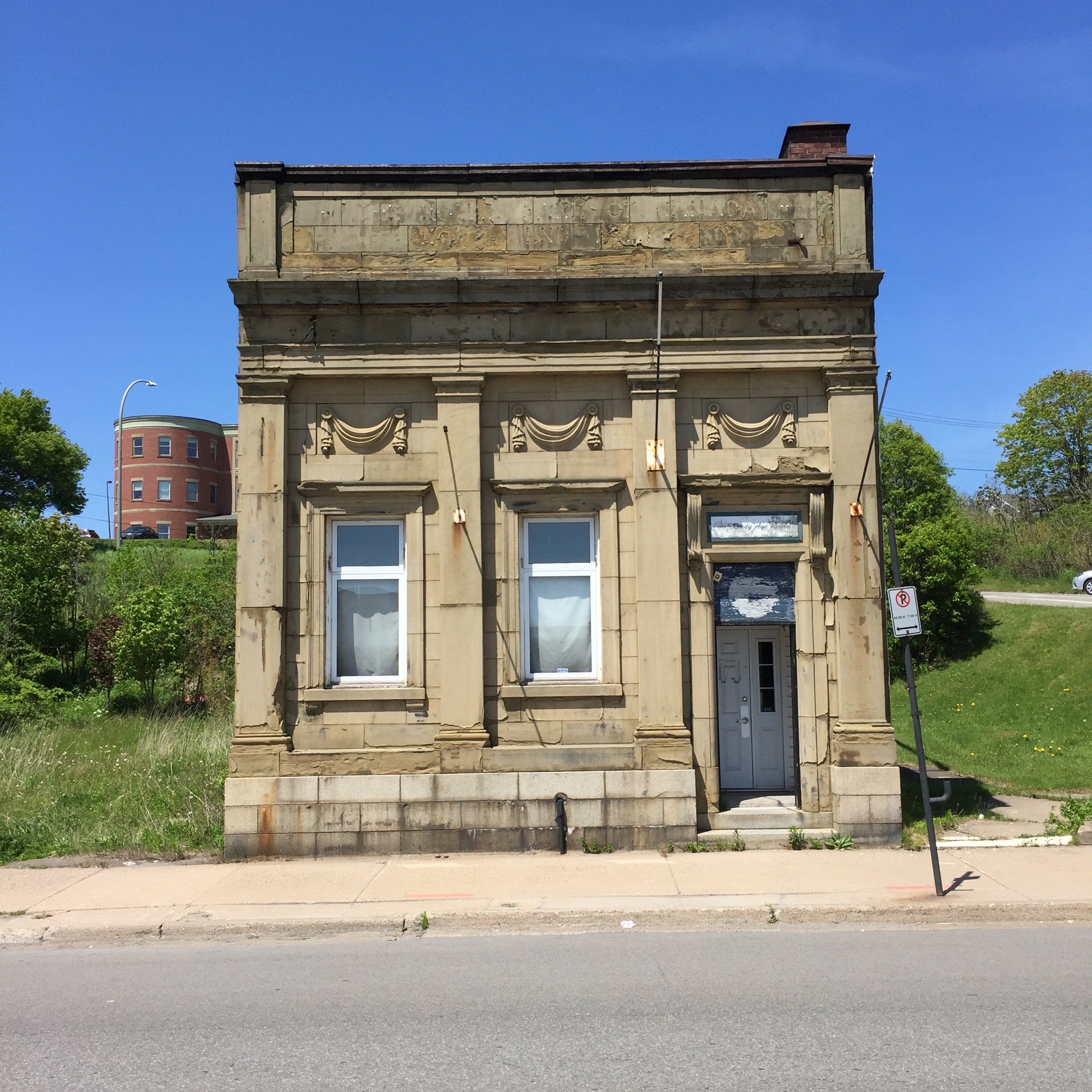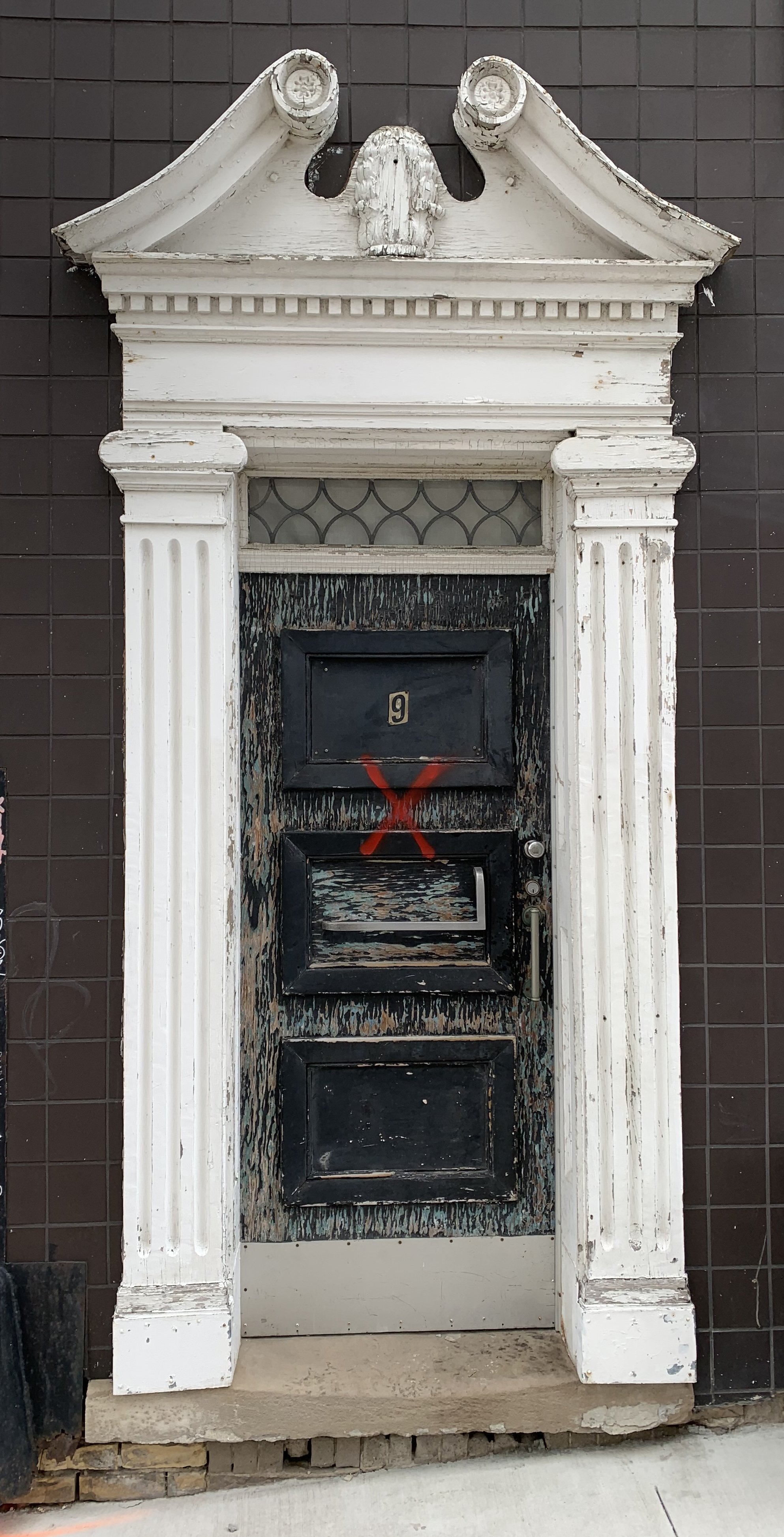BUILDINGS: HOW DID ARCHITECTURE GET TO BE A DISPOSABLE COMMODITY?
By Gordon S Grice
September 2024
SOME BACKGROUND
To put the question another way: When did it become OK to discard perfectly (or relatively) sound buildings, as though they were old appliances or stale-dated package goods, simply because they’re out-of-date or too much trouble to maintain, or the land they sit on could be used more profitably?
The answer, in a nutshell, is that it’s always been OK for buildings to die, but in a natural way. The first recorded comments on the matter can be found in De Architectura, by Marcus Vitruvius Pollo (ca. 30–20 BCE), who believed that a good building could defy the ravages of nature, but reluctantly accepted that “absolute permanence” in buildings was maybe too much to hope for. Incidentally, his idea of a good strong, durable wall was one whose thickness was “such that armed men meeting on top of it may pass one another without interference.” Some of those walls from the pre-Christian era, even thinner ones, survive to this day.
For most of history, the idea of architectural permanence wasn’t really a topic of discussion at all. Important buildings were constructed of indestructible materials and their use tended to remain unchanged generation after generation. Naturally, some buildings were removed or replaced, or simply succumbed to age. By the 19th century, there were those who strongly believed that the destruction of architecture might actually be a good thing. Architecture critic John Ruskin suggested, in The Lamp of Memory, that demolishing a building was far preferable to renovating or restoring it. When a building outlives its usefulness:
“Accept it as such, pull the building down, throw its stones into neglected corners, make ballast of them, or mortar if you will; but do it honestly, and do not set up a Lie in their place.” – The Seven Lamps of Architecture, Toronto: Cassell and Company Ltd., 1909, p. 270
Later, in the same paragraph, he adds, “Take proper care of your monuments, and you will not have to destroy them.”
Taking proper care of our monuments, great and small, seems to be an issue nowadays. Yes, we have heritage protection for some buildings, but the rules are in constant flux, and in some cases, by the time the rules swing back in their favour, they are gone. This is not to suggest that we should hang on to every last structure. Architecture as a disposable commodity is not always a bad thing. Some schemes are mean to be transitory. Furthermore, short-lived projects can generate repeat work, and often simplify the design and production process by streamlining it.
The problem arises when we start to regard architecture, in general, as a disposable commodity. When even important buildings (due to their function, social significance, acknowledged architectural excellence, or the public affection they have generated)—those intended and designed for a degree of permanence—are treated as throw-away items, it impoverishes all of us.
A case in point is the Ontario Science Centre in Don Mills, Ontario—a well-known and equally well-loved building, Heritage Registered, award-winning, and designed for its site by one of Canada’s most prominent architects. Preserving that building should be a slam-dunk, as the following two essays point out. But having said that, even the humblest of buildings are deserving of respect, as Ryan Martin explains in the third essay.
Notes:
In this context:
Architecture = Forms and spaces created by a registered architect, but not excluding work by those architects from the past, who were in practice before “disposable” was a word or even an idea, and whose names we recognize because their buildings are: a) beautiful, and b) not disposable.
Disposable = not meant to last, intended not to outlive its immediate purpose, difficult or prohibitively expensive to maintain, refurbish, repair, repurpose, or restore (as disposable income, diapers, friendships etc.)
Commodity = anything that can be bought and sold. You paid for it; you own it. Do with it as you will.

